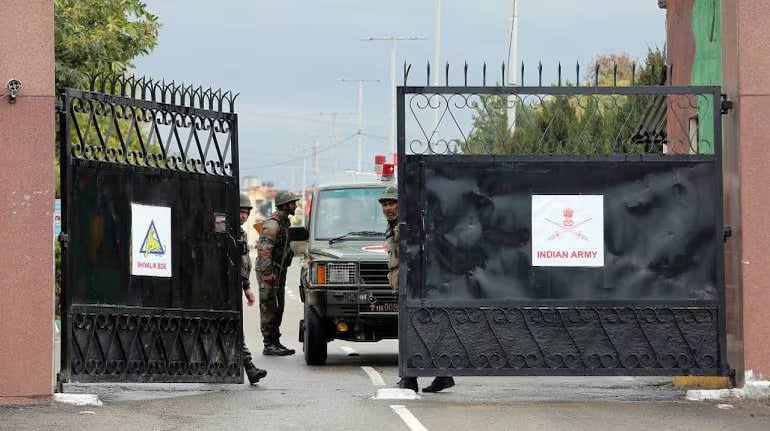NDA 2 2025 Notification and Exam Date Out
As we gear up for the NDA 2 2025, we're excited to bring you the latest information on this prestigious…
India’s Crackdown on Chinese Surveillance Devices Shakes Global CCTV Industry
India’s sweeping new surveillance equipment rules have sent shockwaves through the global CCTV industry, with the government now mandating rigorous…
Defence Ministry to Scrap ₹5,000 Cantonment Land Registry Fee
In a significant relief for residents of cantonment areas nationwide, the Ministry of Defence has approved the removal of the…
Retired Air Force Officer Duped of ₹49 Lakh in Online Investment Scam
Delhi Police have arrested four individuals for allegedly defrauding a retired Indian Air Force officer of over ₹49 lakh through…
Delhi High Court Rejects Plea for Creation of Gujjar Regiment in Army
The Delhi High Court on Wednesday declined to entertain a public interest litigation (PIL) seeking the creation of a separate…
Spear Corps Enhances Flood Relief Preparedness with Watermanship Training in Assam
The Indian Army’s Spear Corps has launched a comprehensive Watermanship Training programme in Masimpur, Assam, to strengthen its preparedness for…






